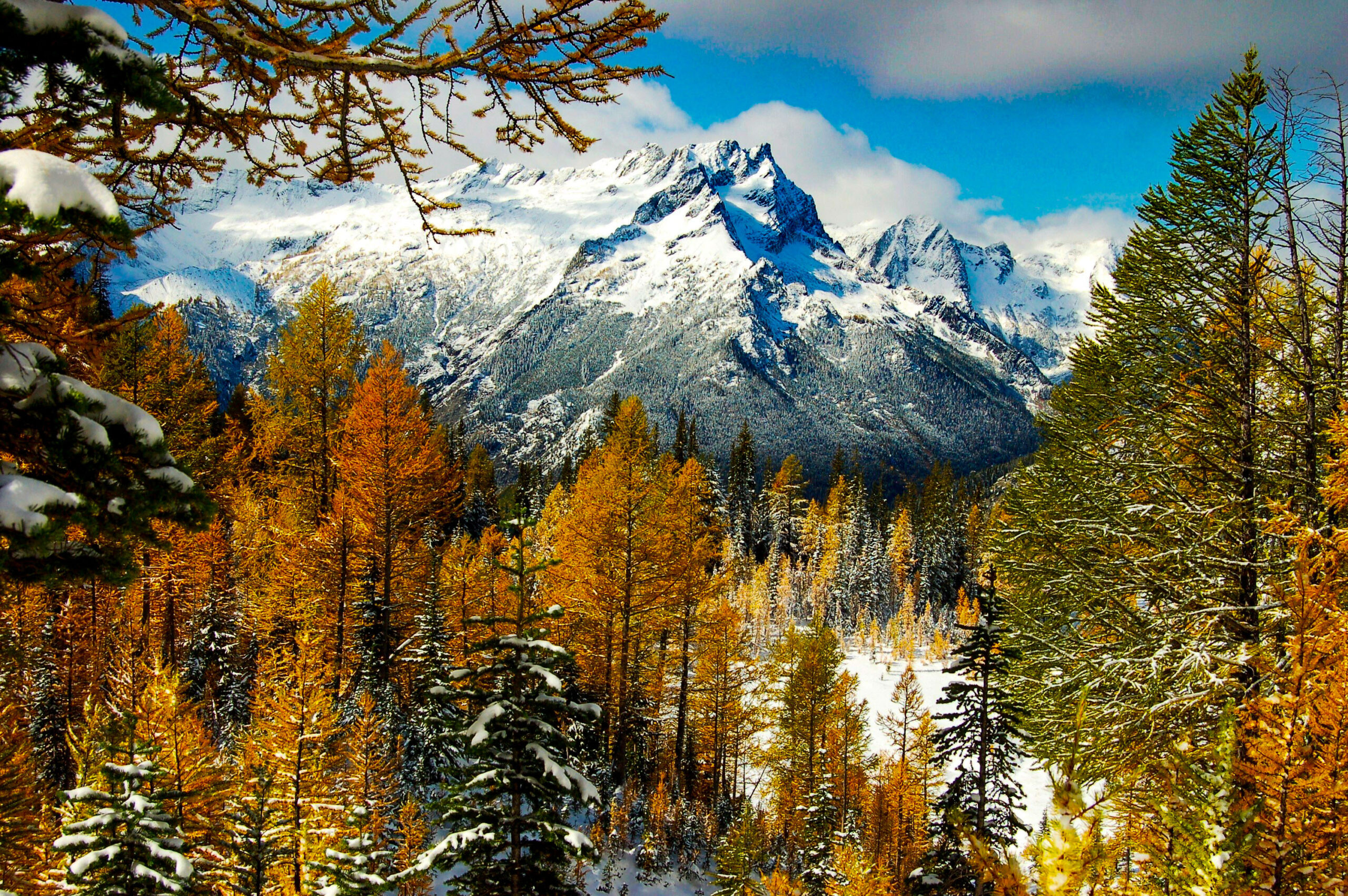
Cascade Mountain Larches — by: Craig Smith
Autumn here in the Pacific Northwestern United States is the season of emeralds and gold. The emeralds emanate from the many types of conifers that grow tall and plentiful here in this beautiful region, staying brilliant shades of green year-round. But the gold, that is the magic, and it’s a fleeting wonder that happens only in the Fall season. The source of this prestidigital marvel of nature is a geographically limited pine tree known as the Larch.
Larches are like a pot of gold here in the Fall hiking season. Their flaming yellow needles turn a Cascade Mountain landscape into something ethereal and otherworldly. The few short weeks, during mid-Autumn when the larches’ needles turn golden, make them all the more precious to spot. We call it the season of “Larch Madness.”
cascade mountain larches make
autumn spellbinding
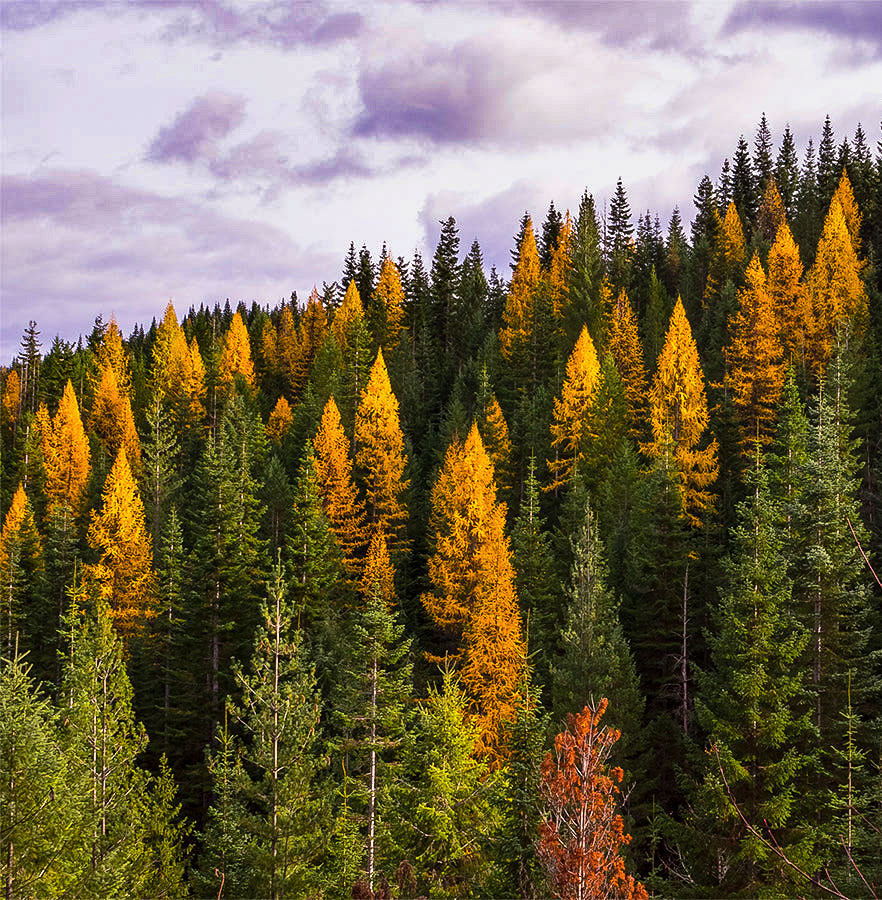
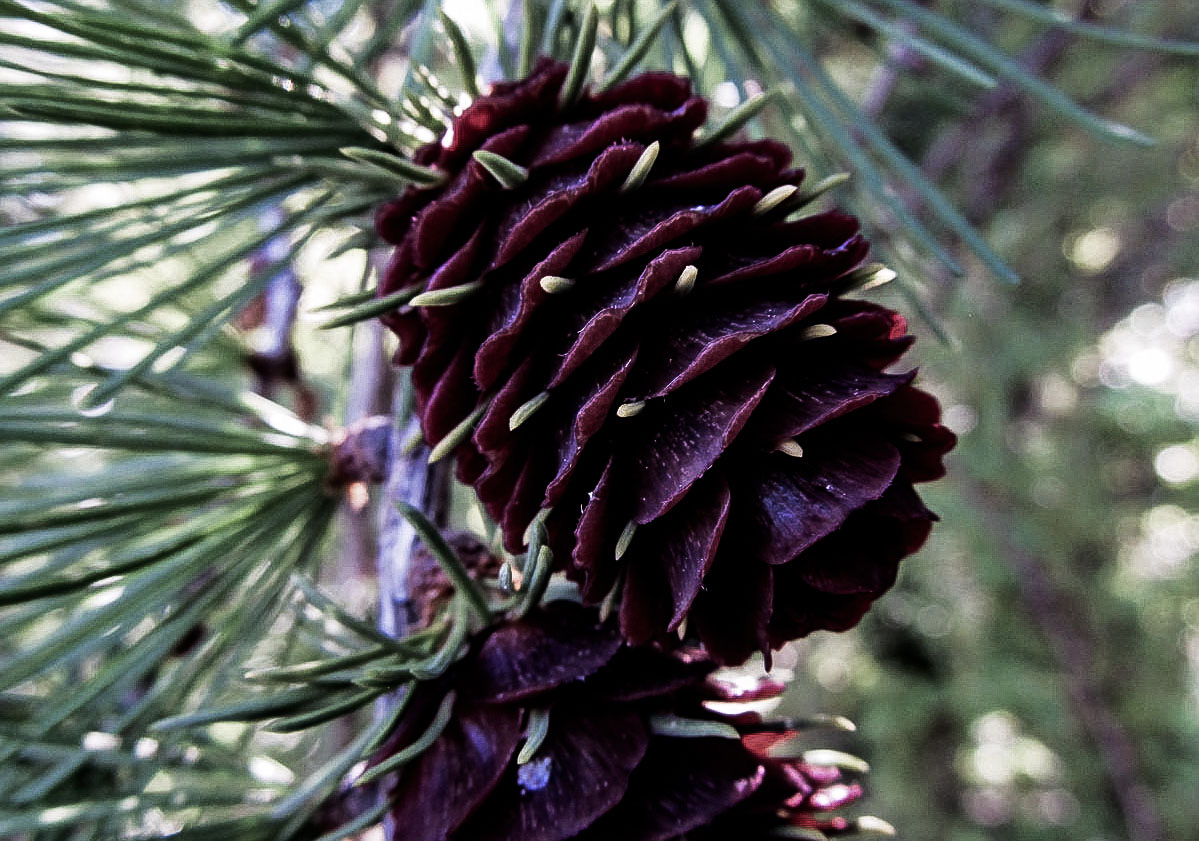
There are two Larches native to this region: the taller Western Larch, and the shorter, higher altitude Subalpine Larch. My personal favorite is the Western Larch, with its triangular shape and narrow crown. They grow up to 170 feet tall here in the Pacific Northwest, on north-facing mountain slopes, at 2,000 to 5,500 feet elevation.
Their needles grow in small clumps, turning a brilliant gold in Autumn, falling off in the winter. They then grow new, yellow-green needles in spring, that again turn a breathtaking golden-amber in the Fall. In addition to their deciduous needles, Larches have conspicuous cones, with smaller, sharper needles, that stick out like a porcupine’s quills between the cones’ layers.
If you don’t happen to live in the realm where Larches grow, a trip to experience the glory of these marvels in their full Autumn color, is well worth the effort.
turn the larch pine wonderland
a splendid pure gold
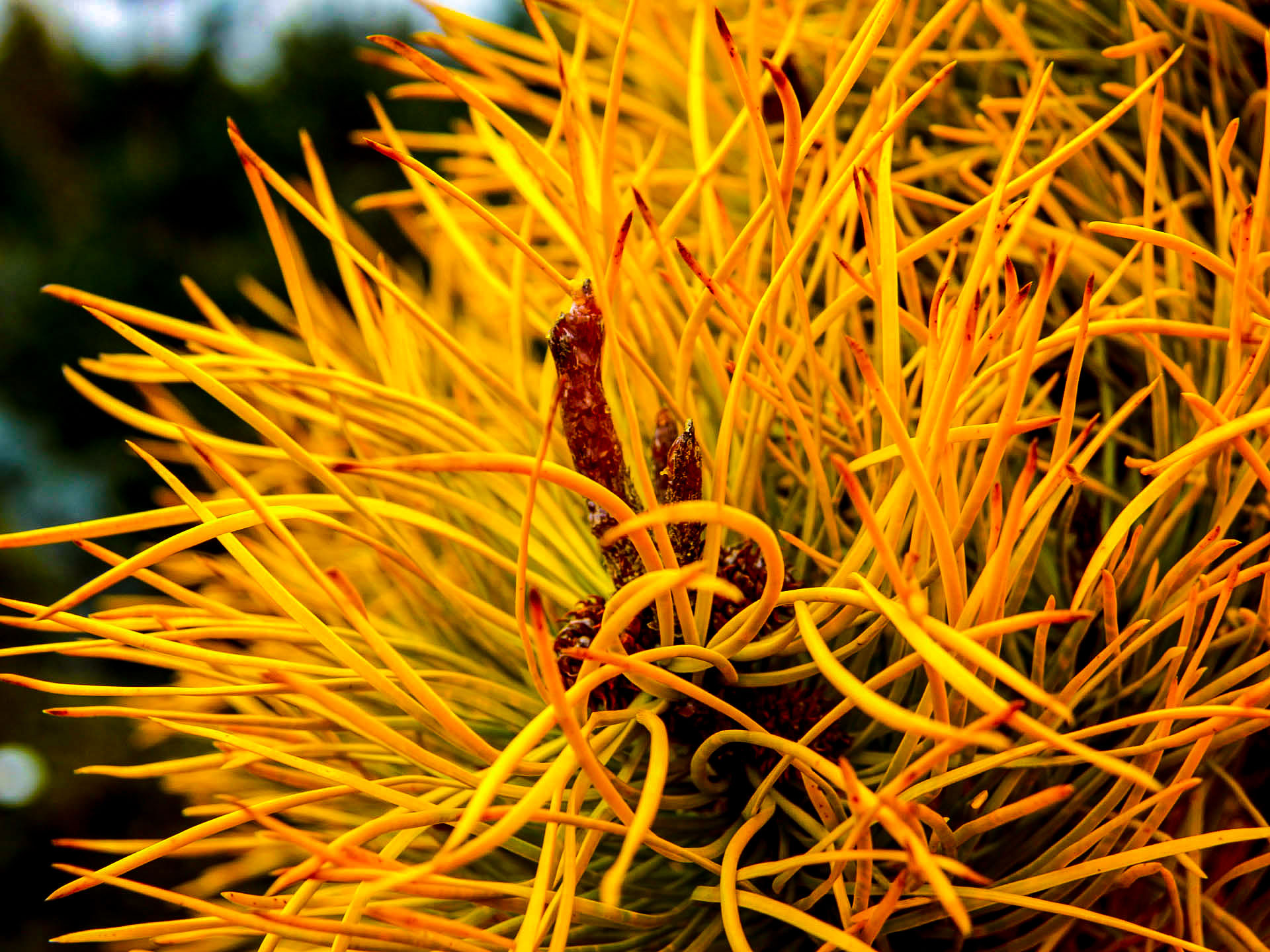
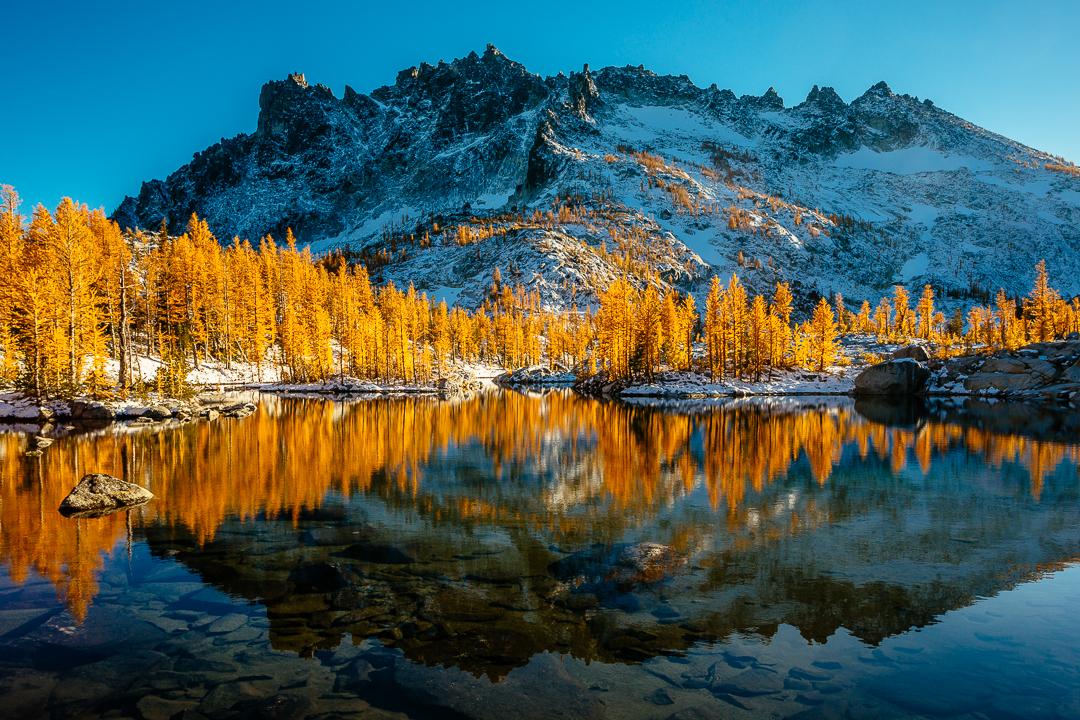
Leprechaun Lake, Washington — by: Joshua Stern
*
rob kistner © 2022
Poetry at: dVerse
A wonderful post, Rob. I never heard of the larch. This is so interesting. A pine tree that turns colors! Does it then turn those needles green again in the spring or does it lose them and grow new ones?
Drops, goes bare, then regrows green in Spring, goes gold in Autumn, then drops again. They are gorgeous in person when they are peak golden in early October Dwight
They are a mightily magical tree with their deciduous golden needles. The ones we have here have needle-shaped leaves.
Yes they are Lisa. They are fascinating seen in person when golden. Tamarack or American Larch (Larix laricina) is the conifer in Michigan that sheds its leaves every fall.
Magical. Thank you for sharing the knowledge and images.
Thank you K, and you are most welcome. 🙂
We get some good color here in Vermont, Rob; mostly not from larches though, though there are some, and they a sight to see alright. Thank for sharing. Winters here are green pines, greybrown leafless trunks and branches, and white snow. I’ll get by. I guess.
Really enjoyed your gold, Bro. Thanks
Three times I have been in the New England region for autumn Ron — truly dazzling! I drove around, my mouth hanging open — people looking at me with “there goes another tourist” glint in their eyes. It like it was something between disgust and pity. But the people were wonderful.
You’ve worked amazing autumn alchemy in this haibun, Rob, so colourful and informative. I’m partial to larches and used to see a lot of them in Germany when I lived there, but we don’t have them around here, more beeches and birches. Apparently there are some European larches in Lion Wood in Norwich.
Thank you Kim… 🙂 I love beech and especially birches. Used to see lots of beech trees when I went into canada each year.
Looks glorious, Rob! Thanks!
You are so welcome Jane, thank you mynfriend… 🙂
I’ve learned something new today! I imagine those trees are a sight to behold. Beautiful Rob!
Thank you Linda, they are beautiful — breathtaking in person when at their 2-3 week golden peak, very end September, very beginning October. I am pleased I provided some new input. I try to learn at least one thing new every week.
Here we only have a few larches in gardens, and I can only imagine how they would look in such plentitude.
It is breathtaking Björn, especially in 2-3 week peak season, from end September the beginning October.
I once experienced the sight of autumn in the American north-east, visiting Washington DC. I don’t know what the trees were that we saw on the way from the airport, but the sea of gold was very beautiful.
The smaller Tamarack variation of the Golden Larch can be found along the northeast coast of the United States and Eastern Canada, so that may be what you saw. But just like the Western Golden Larch, the gold color of the Tamarack only comes out for a few weeks from the end of September to the beginning of October, right before the needles fall off for winter. So if that’s the time of year you were visiting Rosemary, that may be what you saw.